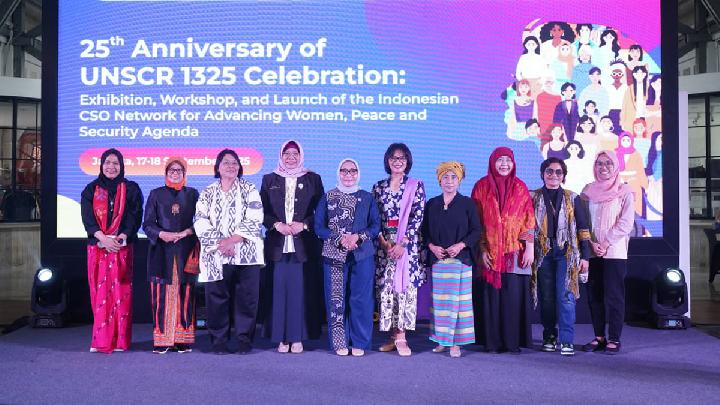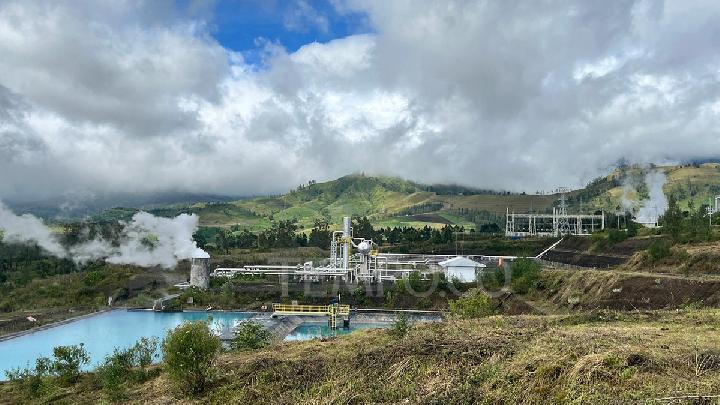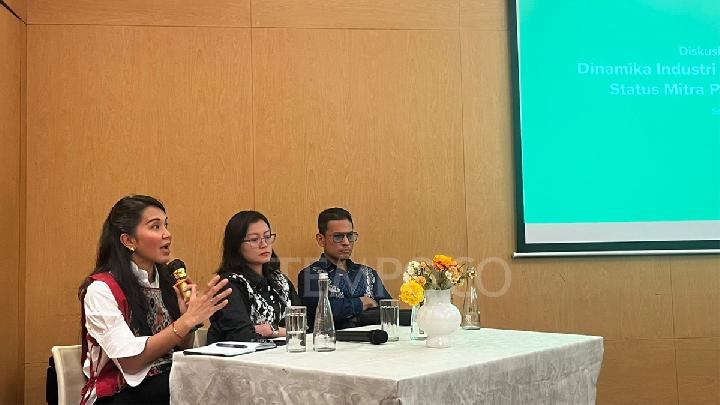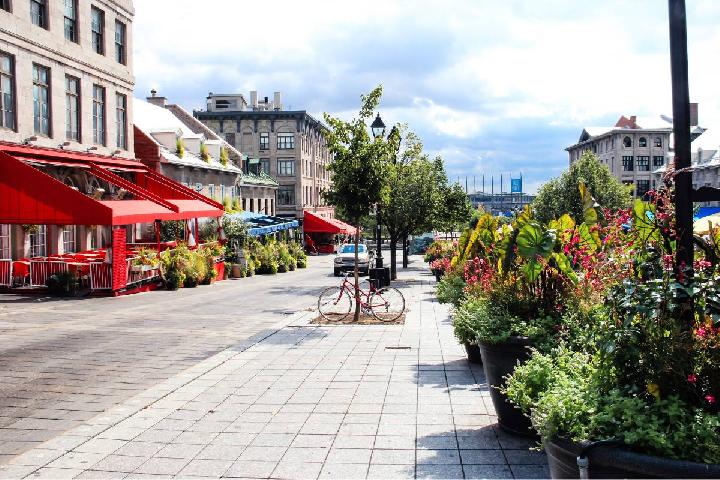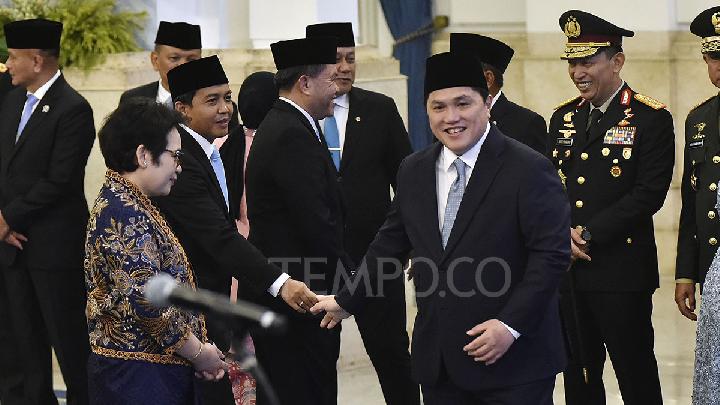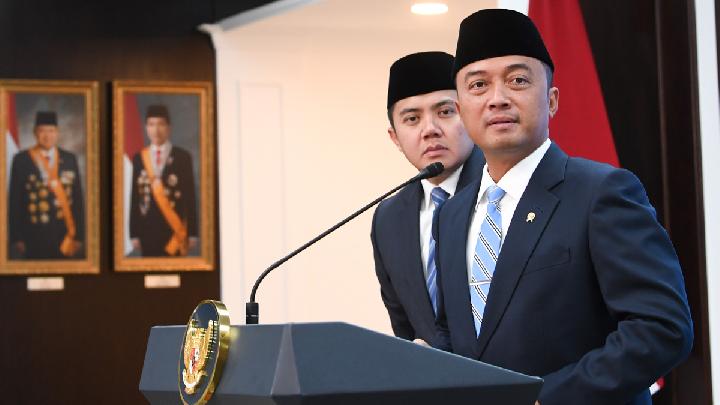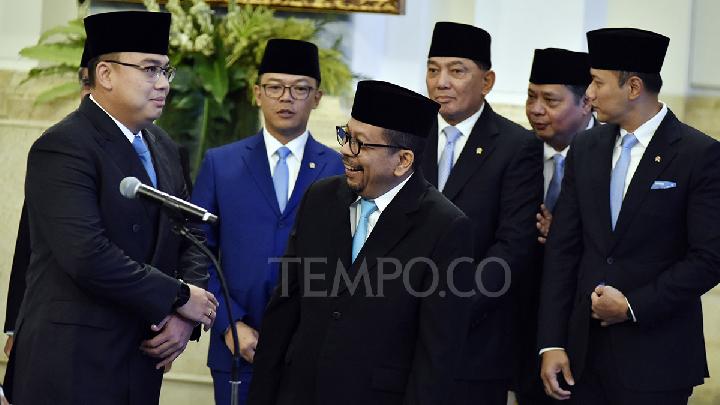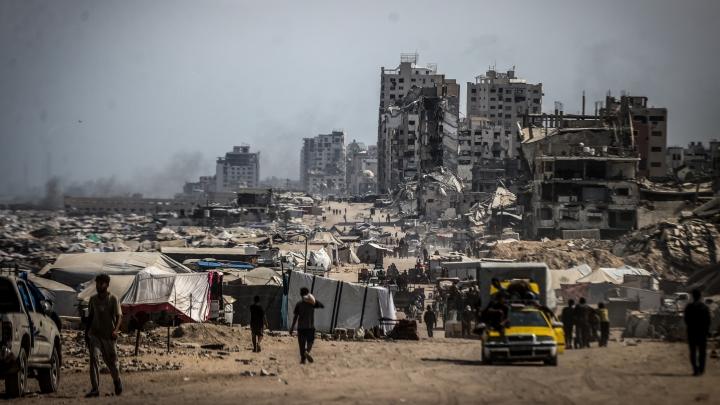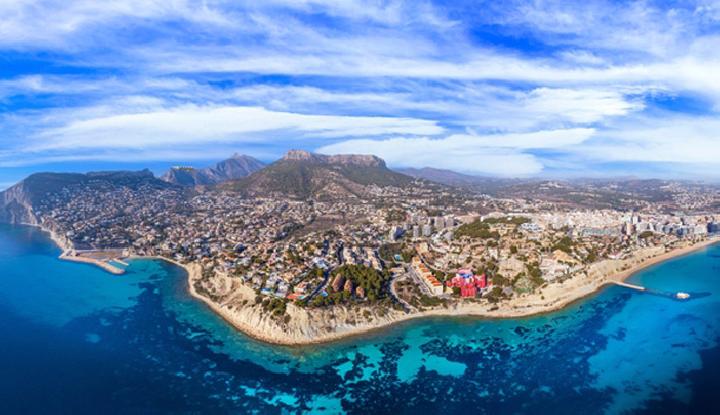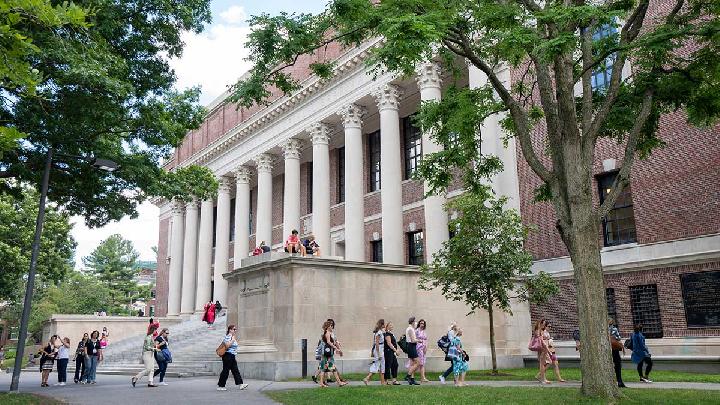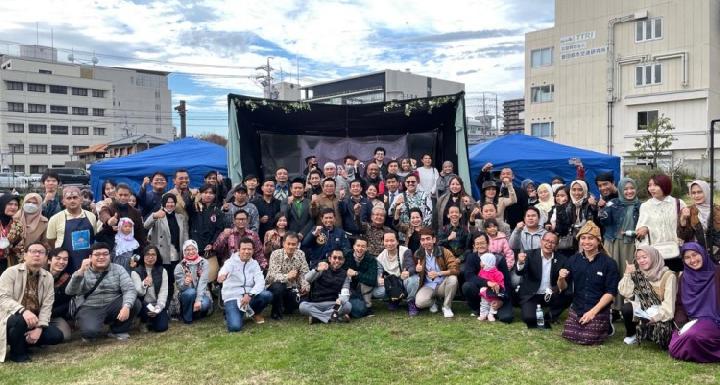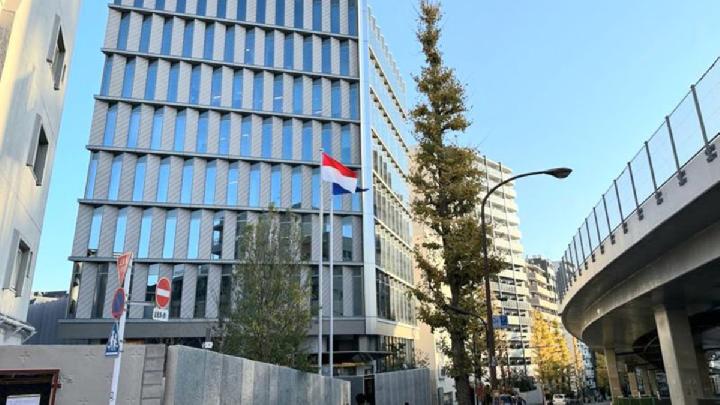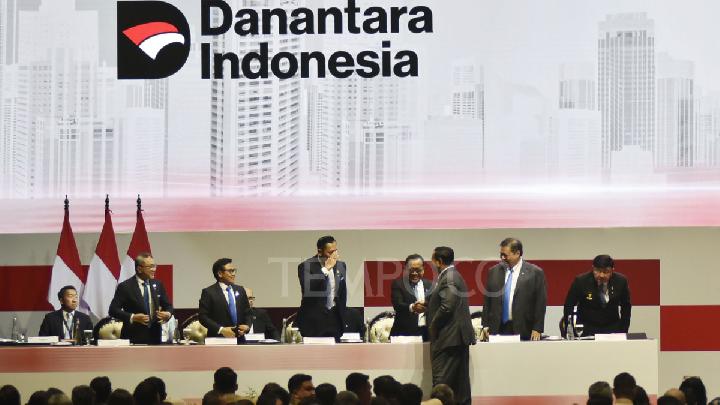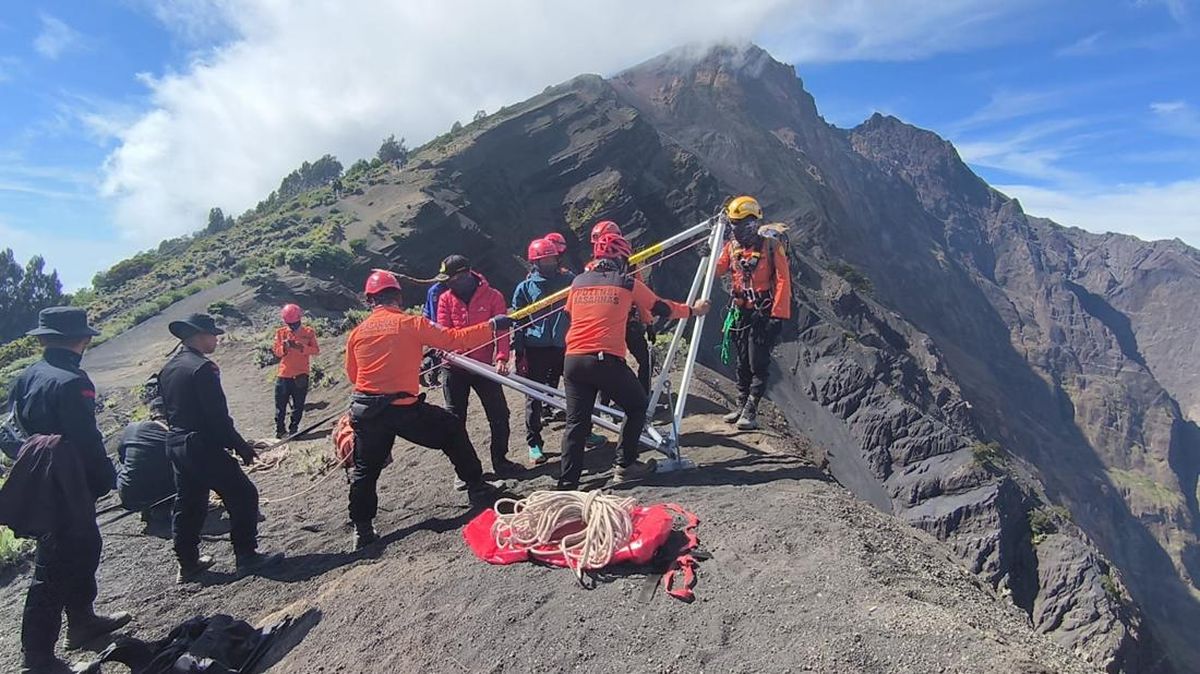TEMPO.CO, Jakarta - Indonesia's rich history of kingdoms has fostered a diverse culture, especially in its spiritual traditions. Across the archipelago, many ancient temples stand as reminders of these past empires, including Buddhist temples.
One of the most famous is Borobudur Temple in Magelang, a masterpiece left by the Syailendra dynasty. Read on to explore other popular Buddhist temples in Indonesia compiled from various sources.
1. Borobudur Temple
 Releasing lanterns on the night of the Tri Suci Waisak or the three Holy Days of Vesak 2569/2025 at the Borobudur Temple Park in Magelang, Central Java, May 12, 2025. This symbolizes the release of suffering and the hope for a better life. Tempo/Budi Purwanto
Releasing lanterns on the night of the Tri Suci Waisak or the three Holy Days of Vesak 2569/2025 at the Borobudur Temple Park in Magelang, Central Java, May 12, 2025. This symbolizes the release of suffering and the hope for a better life. Tempo/Budi Purwanto
Borobudur Temple, located in Magelang, Central Java, was built in the 9th century AD by the Syailendra Dynasty. This magnificent temple symbolizes the spiritual journey of a Buddha towards enlightenment. Its layered structure vividly depicts Buddhist cosmology, attracting thousands of tourists and pilgrims annually. The intricate reliefs adorning the temple walls portray the life and teachings of Buddha, while the towering stupas symbolize the attainment of Nirvana.
2. Mendut Temple
Not far from Borobudur, Mendut Temple has its own unique charm. Built during the same period as Borobudur, Mendut Temple is an important site for the annual Vesak celebration in Indonesia. Its simple yet magnificent architecture, adorned with serene seated Buddha statues, creates a peaceful and contemplative atmosphere for visitors.
3. Muaro Jambi Temple
Muara Jambi Temple is the largest temple complex in Southeast Asia, spanning an area eight times larger than Borobudur, covering 12 square kilometers.
This complex is believed to be a relic of the Malay and Srivijaya kingdoms, with remnants of ancient settlements dating from the 9th to 10th century AD found within its grounds.
Muara Jambi Temple was a key asset of the Srivijaya Kingdom during its golden age, the Ancient Malay Era, serving as a hub for Buddhist learning and development. The temple was used for cultural, social, scientific, economic, religious, and tourism purposes.
The temple's construction took place between the 4th and 11th centuries AD. In the past, it functioned as a university, with its architecture resembling Nalanda University in India. Around 784 AD, during the Srivijaya Kingdom's peak, students were even sent to India to study at Nalanda University.
4. Banyunibo Temple
 Banyunibo Temple in Sleman Yogyakarta. Doc. Istimewa
Banyunibo Temple in Sleman Yogyakarta. Doc. Istimewa
As cited from prambanan.slemankab.go.id, Banyunibo Temple is situated in Dusun Cepit, Bokoharjo Village, Prambanan Sub-district, Sleman Regency, Special Region of Yogyakarta. Its location is close to the Ratu Boko complex, Ijo Temple, and Barong Temple.
The name "Banyunibo" comes from two Javanese words: "banyu" meaning water, and "nibo" meaning dripping. Therefore, Banyunibo means "dripping or trickling water," though there are no visible water sources around the temple.
The Buddhist temple measures 15.3 x 14.25 meters and stands 14.25 meters tall, with its roof reaching 2.75 meters. It features an inner chamber accessible to visitors, with a limit of five people for a duration of 15 minutes. It is a relic of the Ancient Mataram Kingdom and was built around the 9th century. Its Buddhist influence is evident from the 3.5-meter-high stupa atop the temple.
5. Jiwa Temple
Jiwa Temple is located in the Batujaya temple complex. When discovered, the site was a mound known as the Jiwa Mound. The name Jiwa Temple originates from a local folk tale: during floods, residents would use the mound to protect their livestock, but the animals often died or lost their vitality. Jiwa Temple is a Buddhist religious structure dating back to the 4th-5th century AD.
6. Sewu Temple
Sewu Temple, the second largest Buddhist temple complex in Java after Borobudur, stands as a testament to the grandeur of past Javanese architecture. Constructed in the 8th century AD, the complex features hundreds of stupas spread across a vast area. Despite much of the temple suffering damage, its beauty remains captivating. The reliefs adorning the temple walls depict various stories from the teachings of Buddha, enriching the spiritual experience for visitors.
7. Kalasan Temple
Kalasan Temple, with its majestic presence, showcases a unique blend of Indian and Javanese architectural styles. Built in the 8th century AD by the Syailendra Dynasty, the temple features delicate reliefs narrating stories from the life of Buddha before he achieved enlightenment.
The architecture of Kalasan Temple demonstrates a strong influence from Indian architectural styles, particularly in the towering stupas atop the temple structure. Despite various damages due to weather and structural issues, ongoing preservation and maintenance efforts continue to safeguard the authenticity and beauty of Kalasan Temple.
Editor’s Choice: 15 Historical Places in Indonesia, from Borobudur Temple to Kota Tua
Click here to get the latest news updates from Tempo on Google News



